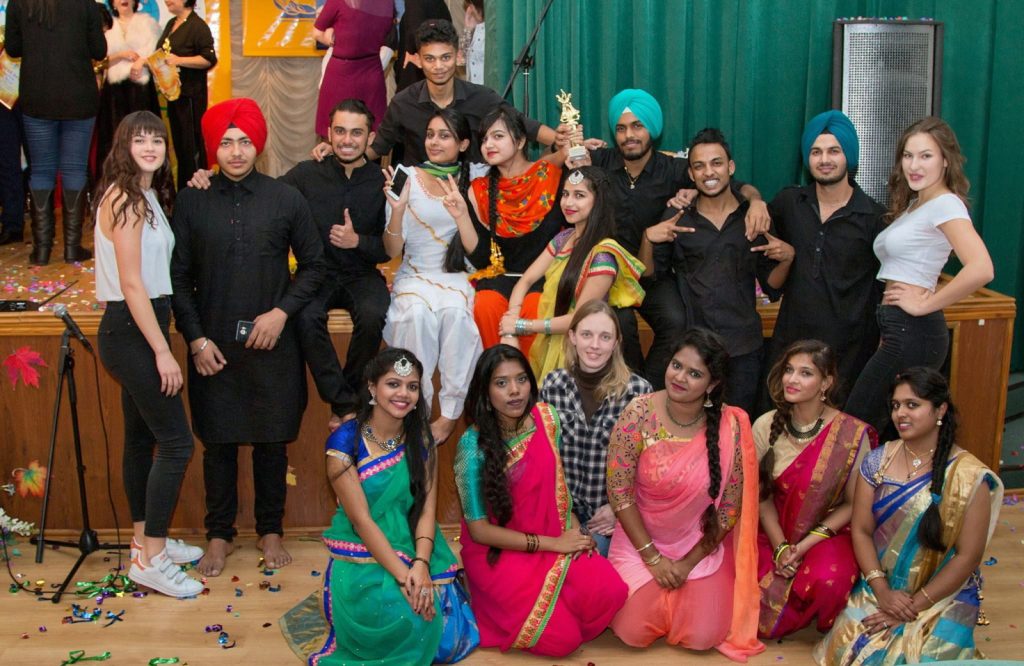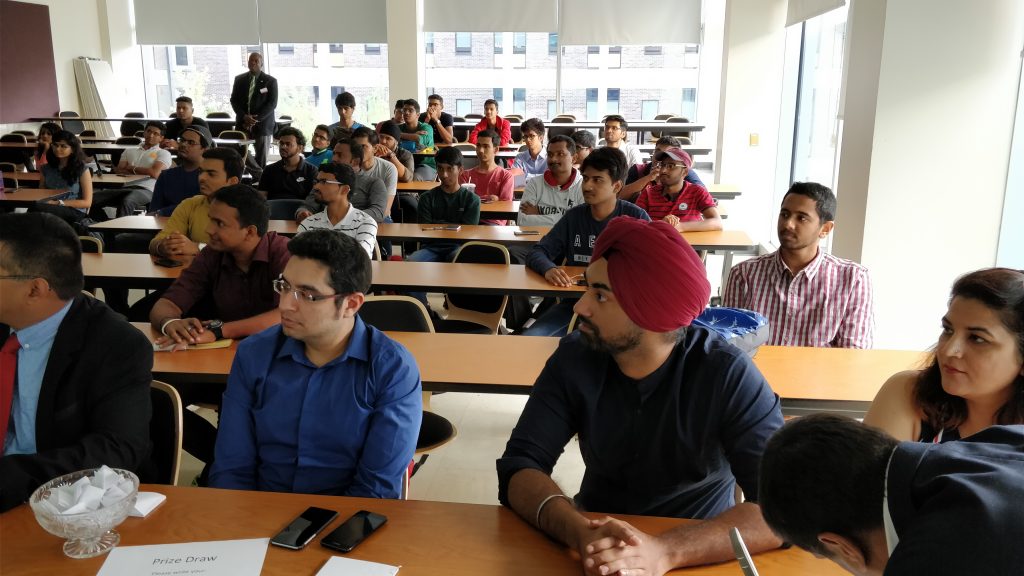Indian schools are in such a system, that an average eighth-grade student spends a total of 130 hours in school per one academic year that their peer in a member country of OECD, the Organization for Economic Cooperation and Development. Read the rest of the article to find out more about Indian schools, and how much time Indian children spend on the school grounds.
This means that Indian secondary students clock in 21 days more than students in other countries, each day with classes lasting for a total of six hours. This issue is the topic of heated debates since the government of Maharashtra put a hold on the Right to Education Act.
This act requires first through fifth-grade students in Indian schools to spend 200 days in school, with a total of 800 hours of classes. According to the writezillas.com, students between the sixth and eighth grades get 1000 hours, across 220 school days.
In comparison, students from the OECD countries spend 749 hours in primary, and 873 hours in secondary schools.

source: kyivpost.com
Indian children
Around the world, the perfect amount of school hours is a complicated issue depending on many different factors. Mumbai parents fear they might also have to send their kids to schools on the weekends. The USA authorities say that Indian schools want to be open for longer, which is why they have such long hours. Arne Duncan, stated this year that USA kids are at a disadvantage because of this.
Across the globe, school hours vary greatly. In Finland, students spend only 777 hours in school per year, while Mexican children spend an atrocious 1167 hours each year. On the other hand, Chinese students spend only 531 hours in lower grades, and 793 between sixth and seventh year.
The principal or RN Podar High School, Avnita Bir, says how the long hours are not necessarily in correlation with a better education. She says, “We shouldn’t be regarding school hours as the only time of learning or think that keeping children in classrooms will help them learn.
Today children learn informally on their gadgets and our education system needs to find ways to guide and facilitate such learning.”
Study at home?
The school principal also believes how children must take full responsibility for their learning and study at home, while the school system and the Indian schools have to move from teaching to learning.
The president of the Parent’s Teacher’s Association United Forum, Arundhati Chavan, also thinks the Indian school system must shift in the favor of the better quality of education, instead of all the unnecessary school hours for students that might increase even more.

source: carleton.ca
He says, “It is more important that existing working days are planned properly and time well utilized than extending the hours of school. Our academics are designed on rote learning which makes extended hours seem like a burden.”
The president is worried about the potential for additional hours. She thinks they will be too crammed with curricular activities everywhere, which will completely limit the creative development of Indian children.
In addition, hours of this quantity could potentially develop a strong aversion to school among the children, who will grow to hate it. There is no room for having fun and spending time with classmates if the curriculum is crammed together.
Parents are right to be worried, as the school should never be allowed to take up the majority of the lives of children. They still need time to pursue hobbies, extracurricular activities like sports and arts, as well as a little time to enjoy their childhood.
What do you think about Indian schools and their school hours? Do you think it is too much, and how many hours per year would you recommend? What was the situation while you were in school?

